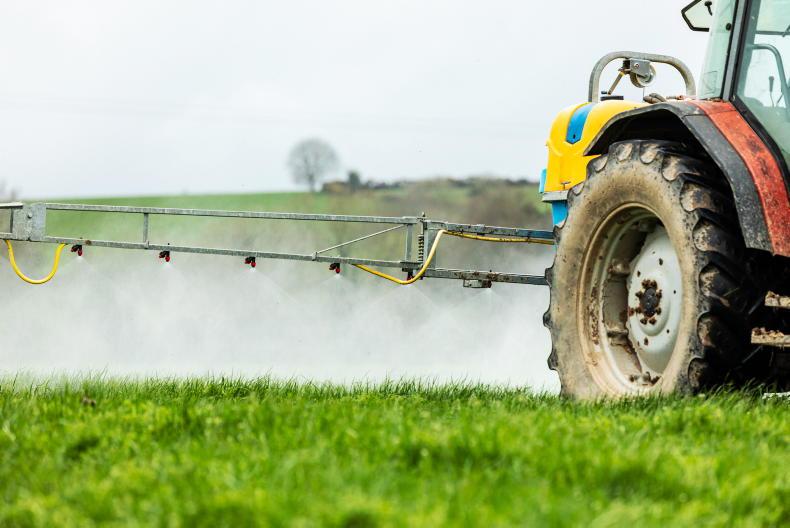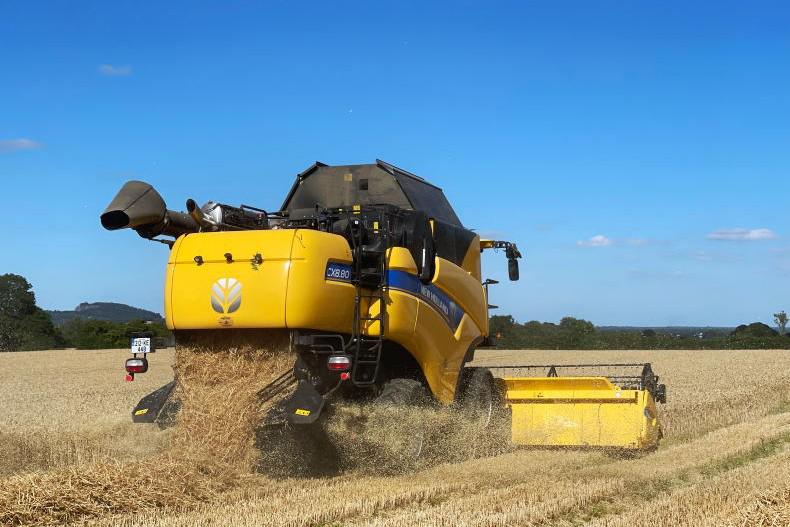This year BASF has launched a new option for the T1 fungicide on barley. Navura (5L) is the new product and would be applied as part of a pack with Comet (3L). Ideally this pack would treat 5ha, applied at a rate of 1L/ha of Navura and 0.6L/ha of Comet. However, it treats between 4.5ha and 5.5ha depending on disease pressure.
Navura contains Revysol and Prothioconazole. The Revysol should be a big help in ramularia control and the Prothioconazole will help with rhynchosporium and to fend off other diseases like mildew.
Comet (pyraclostrobin), which is a strobilurin, will be needed for net blotch control and will also help where brown rust is a risk. Revysol is also good on septoria nodorum control on barley if that is an issue.
A number of barley varieties remain weak on net blotch so growers and agronomists need to make sure a strobilurin is included in the T1 fungicide on these varieties like Planet, Florence, Rockway and Skyway. While there is resistance building to some strobilurins F500 (pyraclostrobin) which is contained in Comet remains strong on net blotch.
The Navura plus Comet pack will eventually replace the Decoy and Comet pack which growers have been familiar with in recent years. There will be some stock left in the market. The new product is shown to be above the Decoy plus Comet mix on net blotch control.
BASF are also recommending Revysol at T2. On winter wheat the message is to alternate chemistry at the different fungicide timings and this is something we should try to do on barley as well.
Mixing products helps to fight against resistance and the T2 option is Revysol with pyraclostrobin and an SDHI fungicide, a three-way mix.
Folpet should also be included as part of an anti-resistance strategy.
However, it can be harder to do use different products on barley and BASF seem confident to advise use at both timings. Growers and agronomists should decide on this themselves. Revysol can be a good option for ramularia control.









SHARING OPTIONS